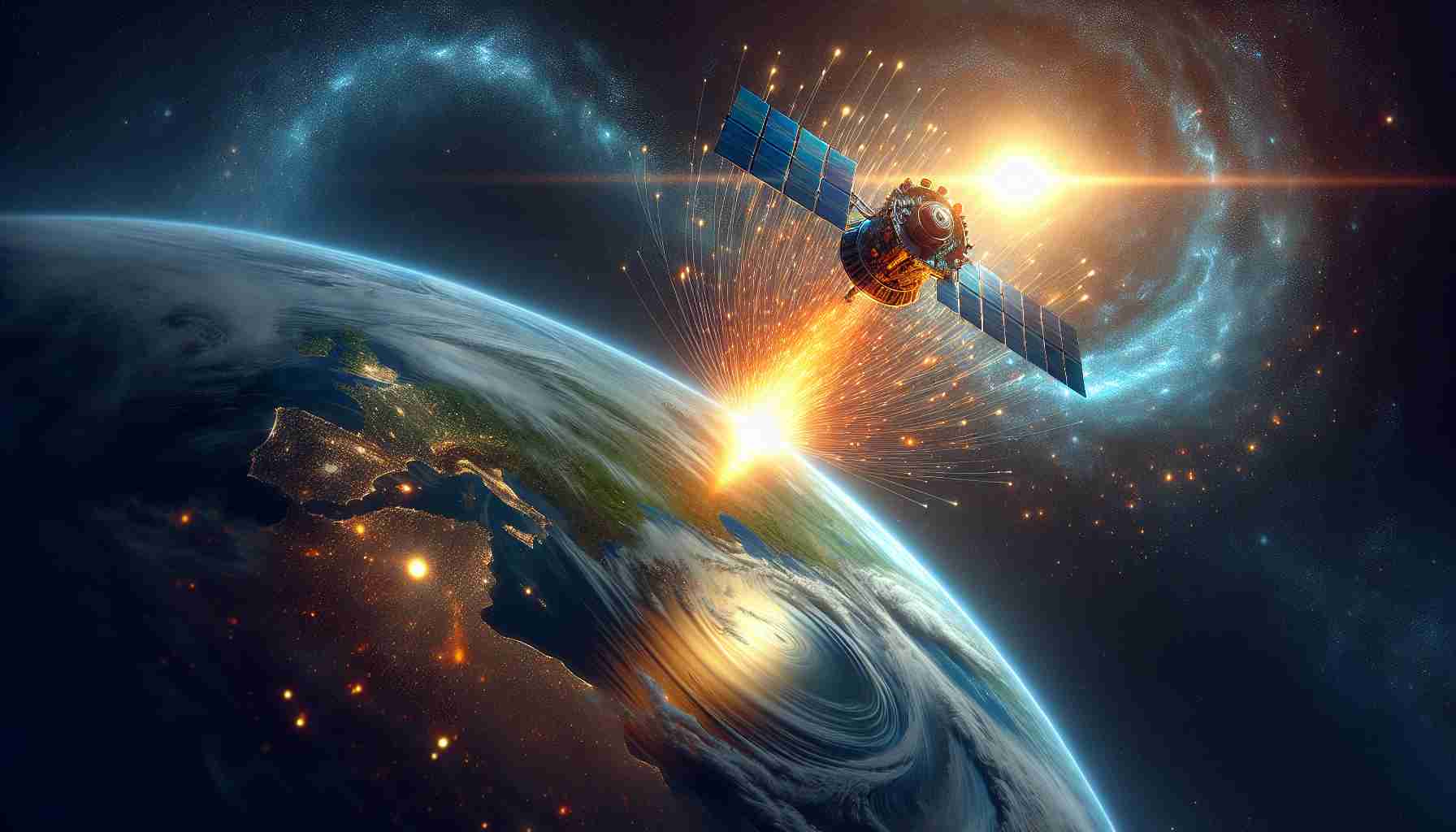After 30 years in orbit, a European satellite is concluding its mission and will reenter Earth’s atmosphere, effectively ending its existence. According to the European Space Agency (ESA), this is expected to occur on Wednesday.
The ERS-2 satellite has been on its final journey, with images taken by the Australian company HEO using their own equipment over the past month. The space installation, which has been in operation for three decades, is set to reach its destination on either Wednesday or Thursday.
Upon reentering the atmosphere, most of the satellite’s structure is expected to burn up, with a very low probability of any larger parts surviving. The atmospheric resistance will contribute to the satellite’s destruction, although the progress and extent of this decay, as well as the precise time involved, are challenging to predict due to the unpredictable activity of the Sun.
For those interested, there is a live broadcast available online of the satellite’s final cosmic journey, where the timing of its approach to the atmosphere will also be revealed.
Launched in 1995, the ERS-2 satellite served as an Earth observation satellite, providing monitoring of the planet and studying the composition of the atmosphere, the behavior of the oceans, and the impact of human activities on the environment.
While the ERS-2 is not the first space mission to be decommissioned and destined for disposal, contemporary efforts prioritize environmental considerations during the disposal process. The ESA has updated its space debris mitigation policy several times since 2008, most recently in November 2023.
Space missions in Earth’s orbit are now designed to enable controlled reentries into the atmosphere after operations have concluded, allowing for at least some level of predictability regarding the region where the satellite will descend.
Over the years, a few large, damaged rocket bodies have fallen onto the Earth, but their descent has been controlled. Some of these remnants belong to Chinese rocket designs, which typically land in the world’s oceans. In August 2022, pieces of SpaceX’s Dragon capsule were discovered in Australian farmland.
As technology advances, responsible disposal of space debris becomes increasingly crucial to preserve the sustainability of space exploration and ensure the protection of our planet.
FAQ:
1. What is the ERS-2 satellite and why is it in the news?
The ERS-2 satellite is a European satellite that has been in orbit for 30 years. It is in the news because it is concluding its mission and will reenter Earth’s atmosphere, effectively ending its existence.
2. When is the reentry of the ERS-2 satellite expected to occur?
According to the European Space Agency (ESA), the reentry of the ERS-2 satellite is expected to occur on either Wednesday or Thursday.
3. Will any parts of the satellite survive reentry?
Most of the satellite’s structure is expected to burn up upon reentering the atmosphere, with a very low probability of any larger parts surviving.
4. What is the purpose of the ERS-2 satellite?
The ERS-2 satellite served as an Earth observation satellite, providing monitoring of the planet and studying the composition of the atmosphere, the behavior of the oceans, and the impact of human activities on the environment.
5. How are space missions in Earth’s orbit disposed of?
Contemporary efforts prioritize environmental considerations during the disposal process of space missions. Space missions are now designed to enable controlled reentries into the atmosphere after operations have concluded, allowing for at least some level of predictability regarding the region where the satellite will descend.
6. What is the importance of responsible disposal of space debris?
Responsible disposal of space debris is crucial to preserve the sustainability of space exploration and ensure the protection of our planet.
Definitions:
– Satellite: A satellite is a man-made object that is intentionally placed into orbit around a celestial body, such as Earth, for various purposes including communication, weather monitoring, and scientific research.
– Earth observation satellite: An Earth observation satellite is a type of satellite specifically designed to monitor and gather data about the Earth’s surface, atmosphere, and environment.
– Atmospheric resistance: Atmospheric resistance refers to the force exerted by the Earth’s atmosphere on an object moving through it. This force can cause the object to slow down and ultimately burn up upon reentry.
Related links:
– ESA – European Space Agency’s official website.
– Space.com – Space news, exploration, and discoveries.
The source of the article is from the blog toumai.es
